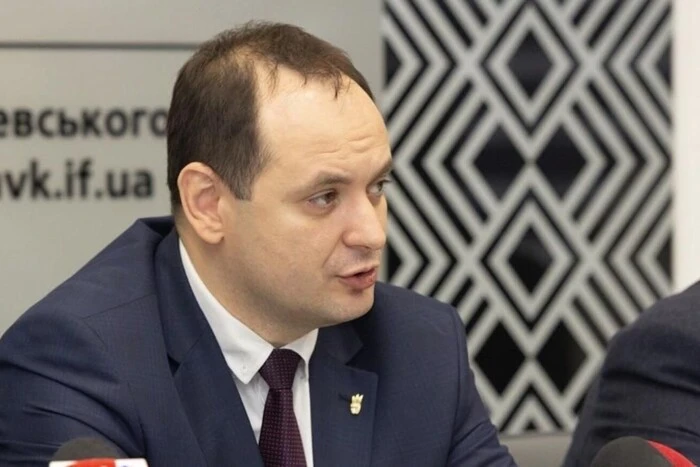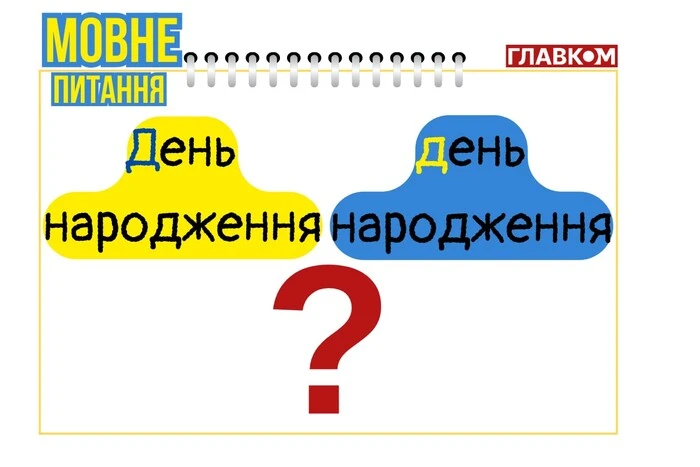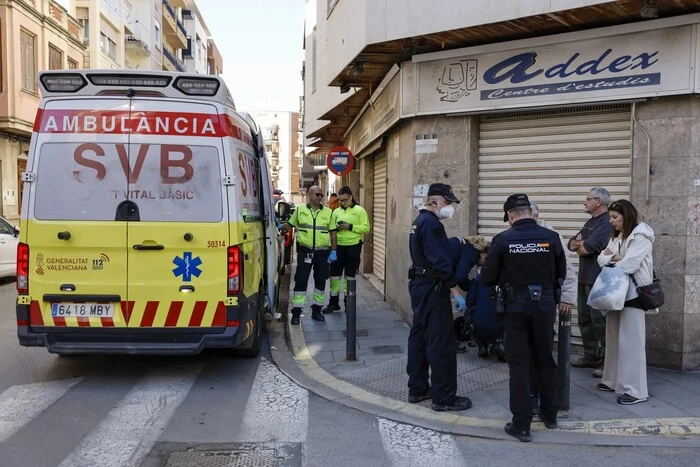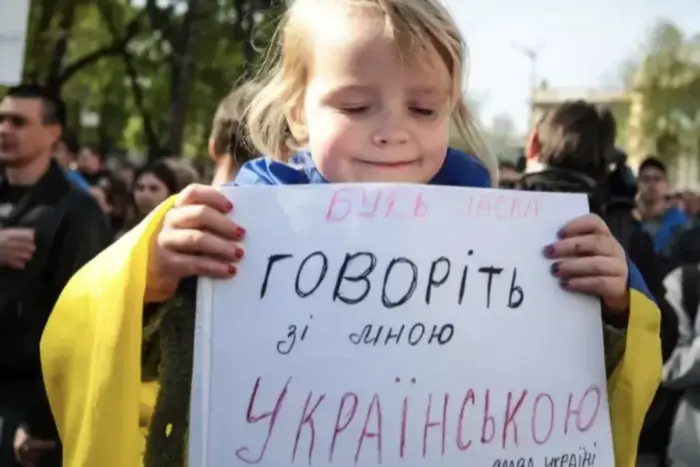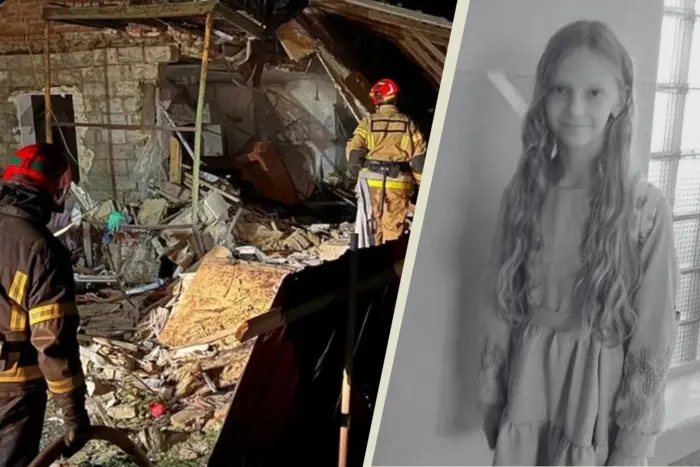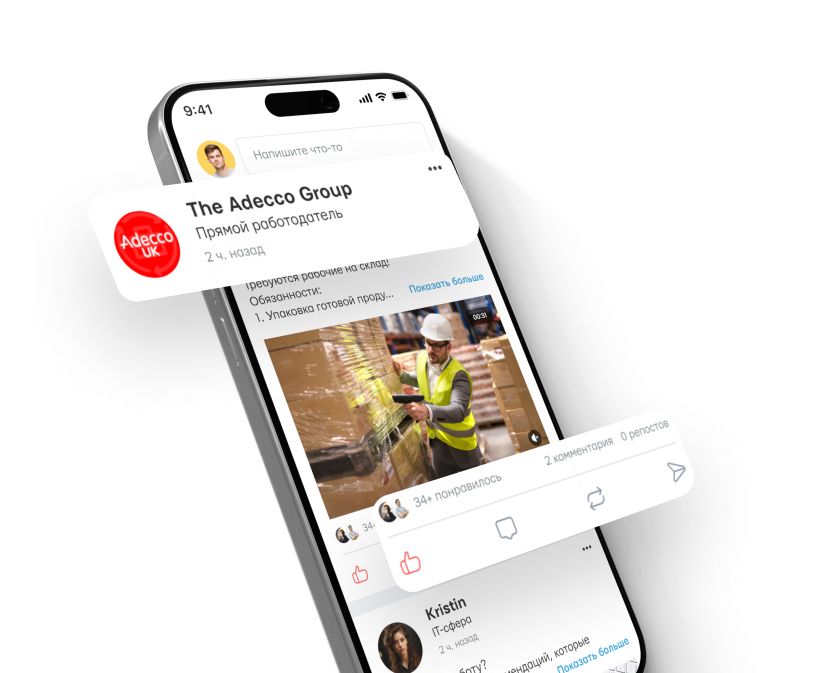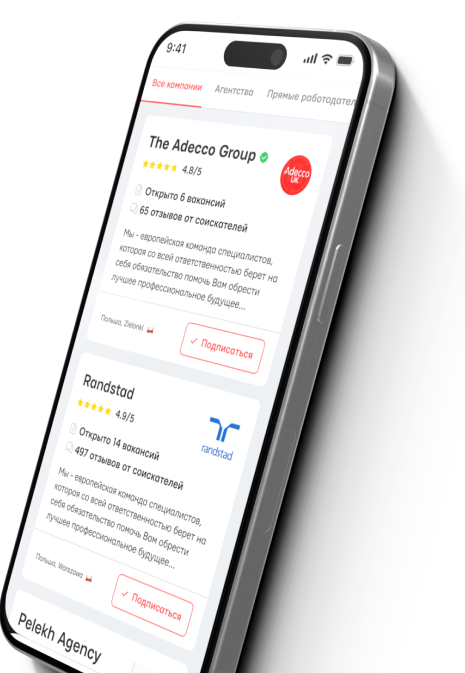The Roman Catholic Bishop Explained Why Conclaves Now Happen Very Quickly.

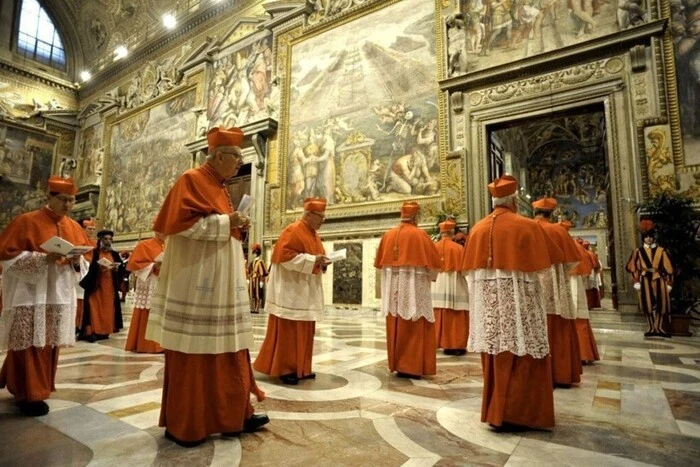
In the past, cardinals gathered at the conclave from all corners of the world, and when they arrived, they got to know each other. But today, thanks to media and social networks, people already know about other cardinals in advance, which significantly simplifies the process of choosing a Pope. The head of the Kyiv-Zhytomyr diocese, Vitaliy Kryvytskyi, spoke about this in his interview with Glavkom.
In the past, the election of a Pope could take a long Time. For example, after the death of Clement IV in 1268, the next Pope, Gregory X, was elected only in 1271, three years later. Such a case was rare, even for the 13th century. Now, according to Kryvytskyi, our awareness compared to the Middle Ages is significantly higher.
Unofficially, the conclave begins immediately after the death of the Pope: every cardinal participating in the process prayerfully asks God to guide him according to His mercy. This is an extremely important choice, which is not decided for 4-5 years, but for a longer period. The first gathering of the cardinals is meant for discussing the current state of the Church. All subsequent meetings are held in private, because cum clave in Latin means 'under lock and key'. In the first meetings, modern trends and challenges of the Church are discussed, and the newly elected Pope must address the situation, regardless of who he will be, explained Kryvytskyi.
Kryvytskyi notes that all this is done so that all cardinals realize the current state of the Church and the weight of the responsibilities that fall on the Pope. Being just a pastor is not enough, he must also fulfill other duties, the Bishop added.
After the first meeting, elections begin. They are held four times a day: in two sessions in the morning and in the evening. The sessions are attempts to reach a result in voting. For a successful outcome, a two-thirds majority and the agreement of the elected Pope candidate is required. However, he can refuse, then the process starts over.
Kryvytskyi summarized that the conclave determines the path the Church will take and what kind of pastor it needs today.
It should be noted that Pope Francis passed away at the age of 88. He died from a stroke complicated by chronic diseases. Before his death, he faced two life-threatening situations due to bilateral pneumonia discovered in February.
According to his request, Pope Francis was buried in the Roman Basilica of Santa Maria Maggiore, rather than in the Vatican, where many previous Popes are buried. In the proclaimed document, he asked for his grave to be simple and without excessive decorations.
Since the Sunday service on April 27, thousands of people passed by the grave of Pope Francis, who was buried on Saturday in the Basilica of Santa Maria Maggiore in Rome. Visitors lined up long before the basilica opened.
Read also
- Martynkiw asked the residents of Ivano-Frankivsk if children can be beaten for speaking Russian
- When should you write 'Birthday' with a capital letter? The linguist explained the rule
- Woman on a ventilator died due to blackout in Spain
- Ukrainians can pay half as much for electricity: who will have access to the discount starting from May
- How many Ukrainians speak the state language at home: survey results
- Shelling of Dnipro Region: The Lyceum reported about the 12-year-old victim of the Russian attack

